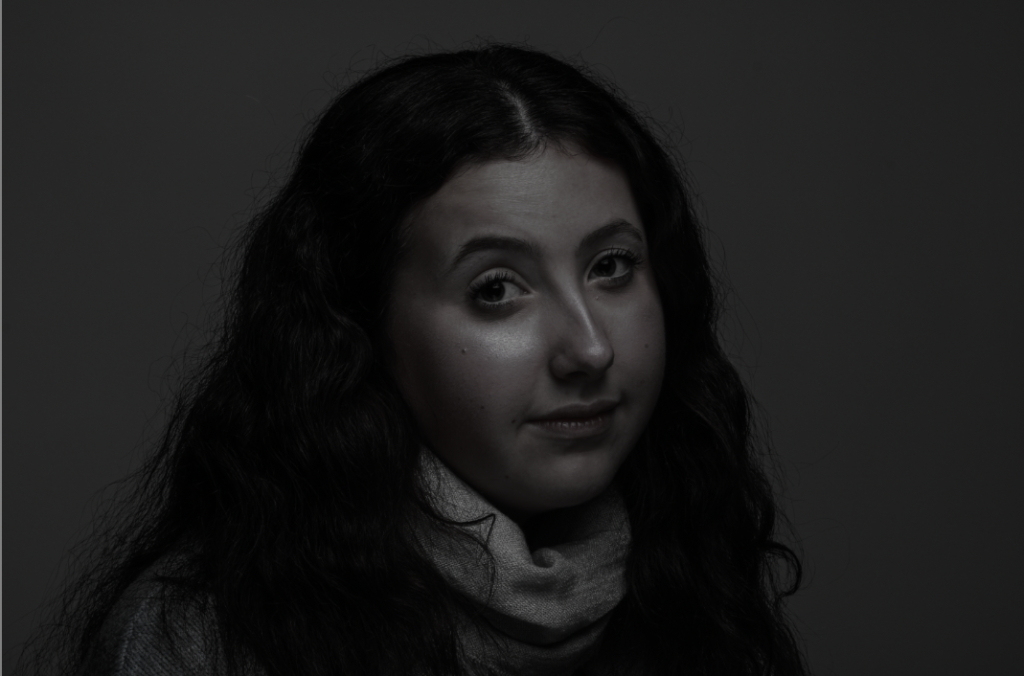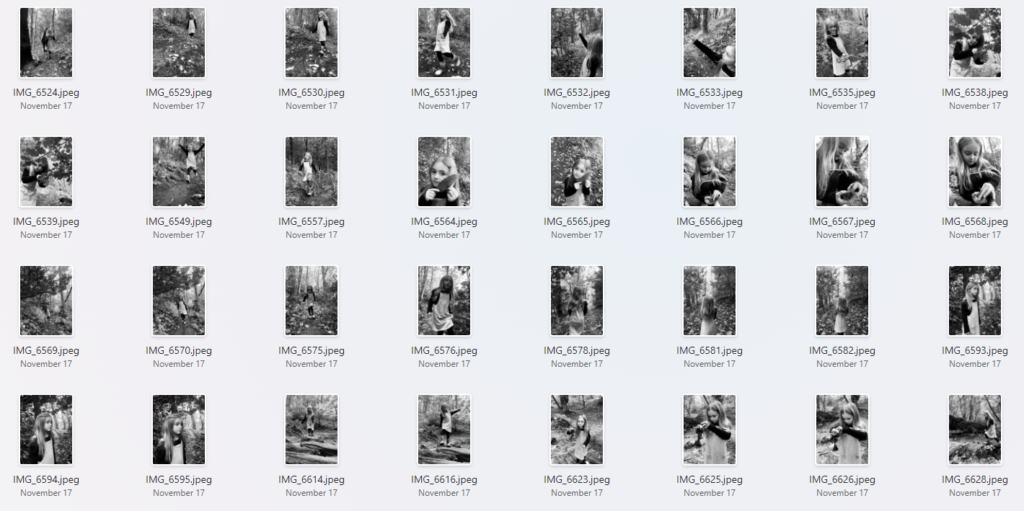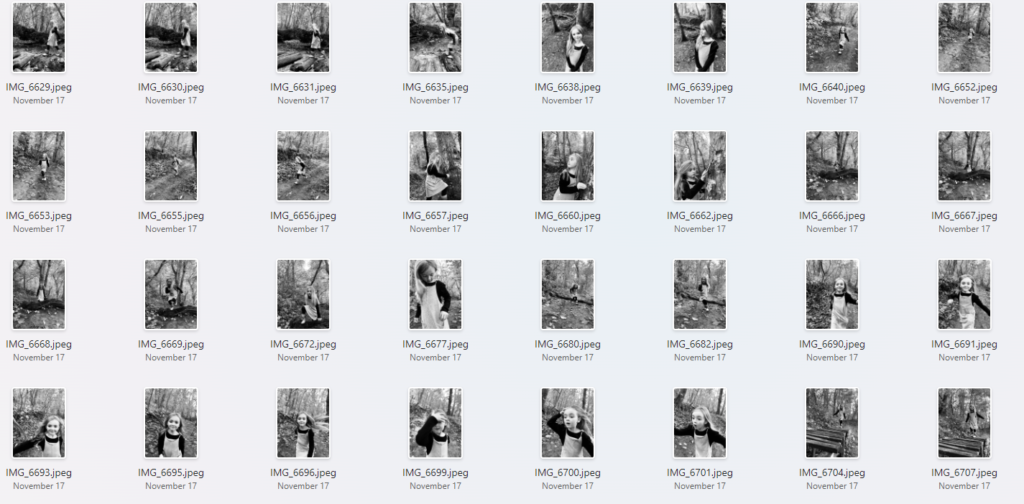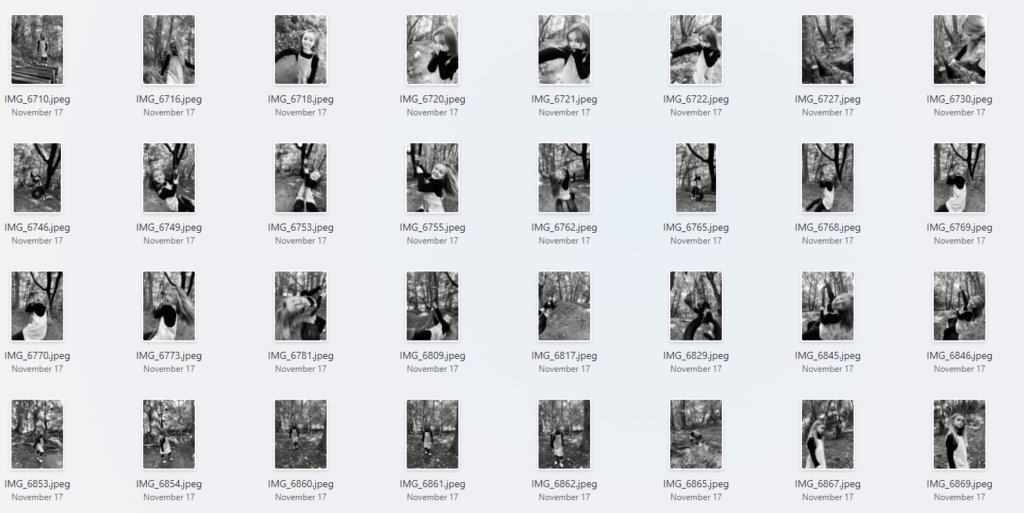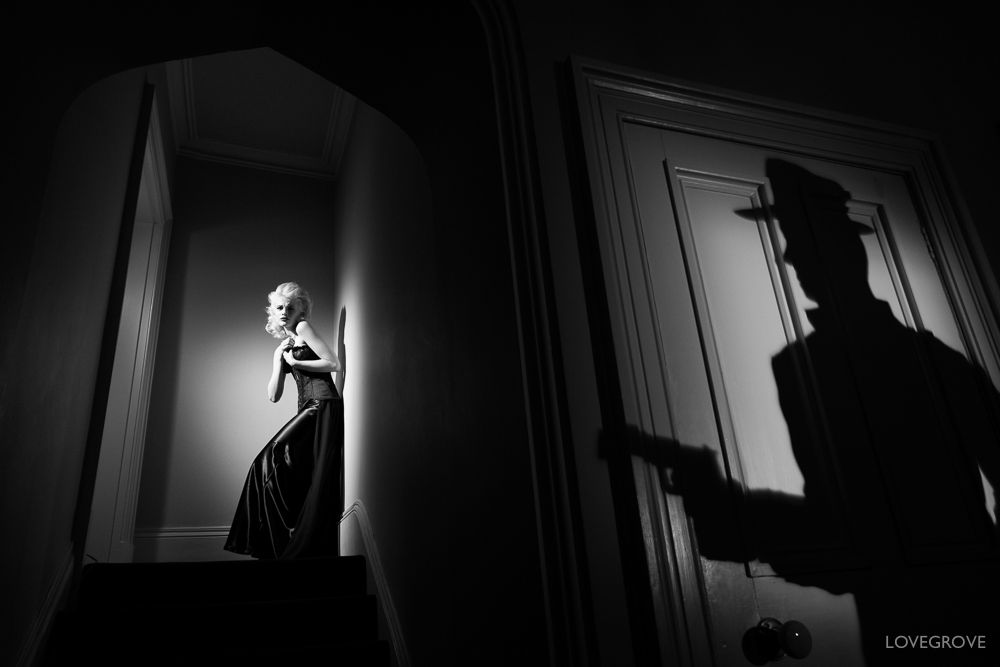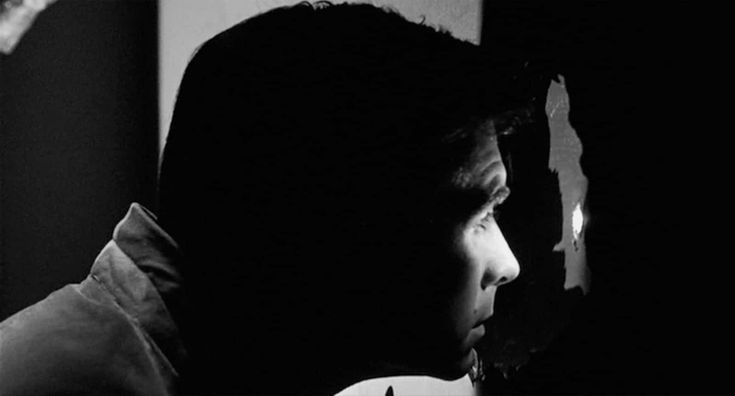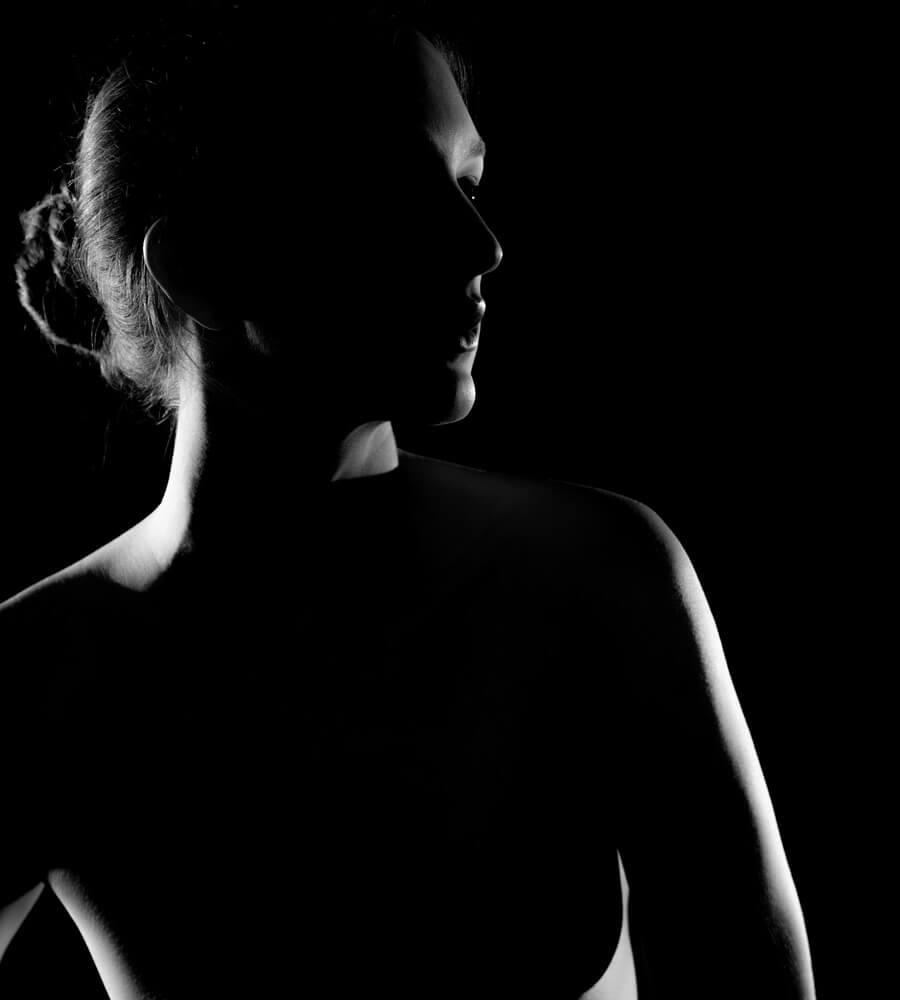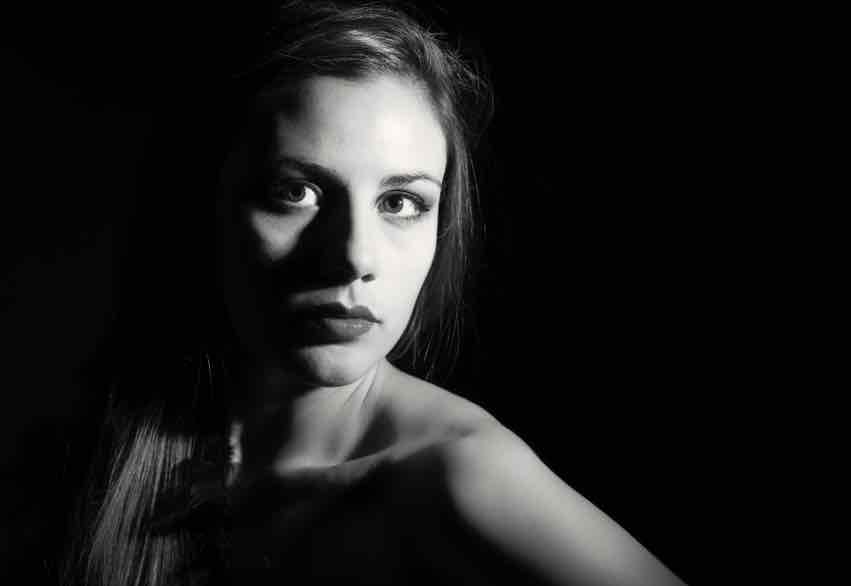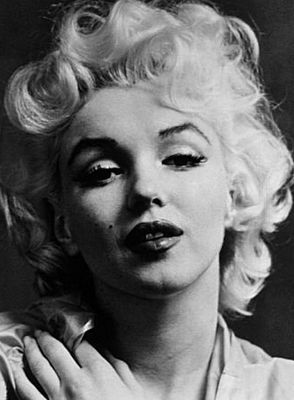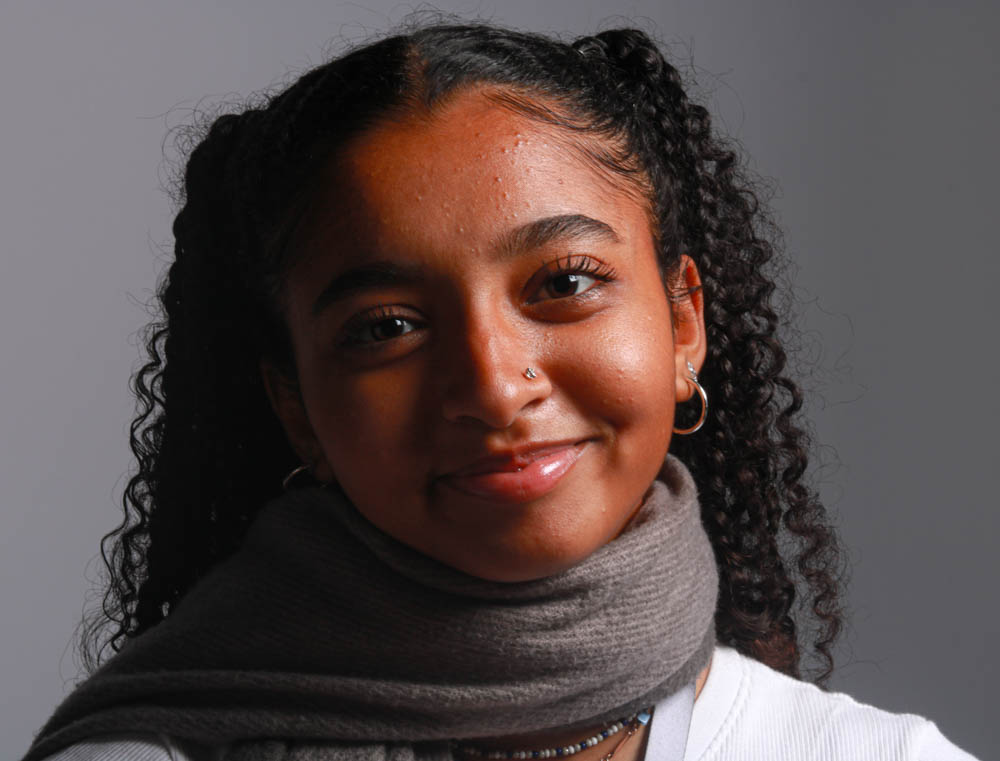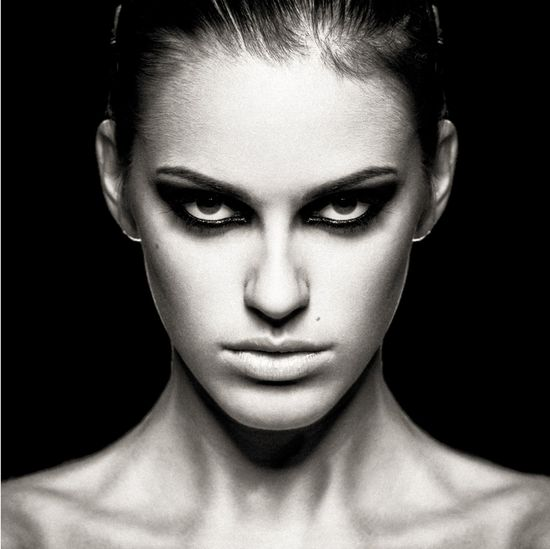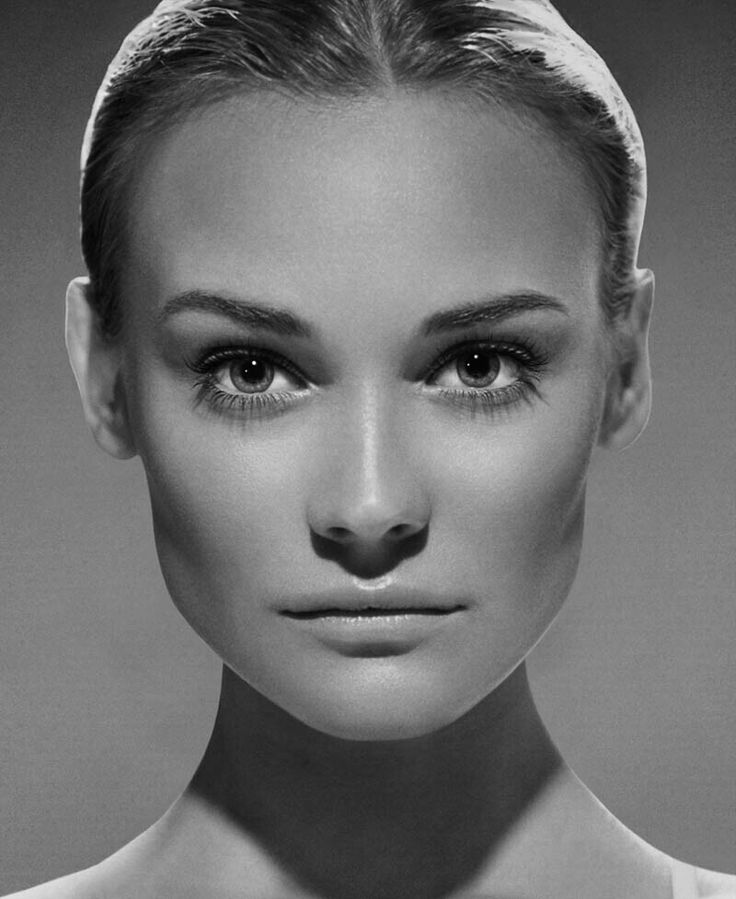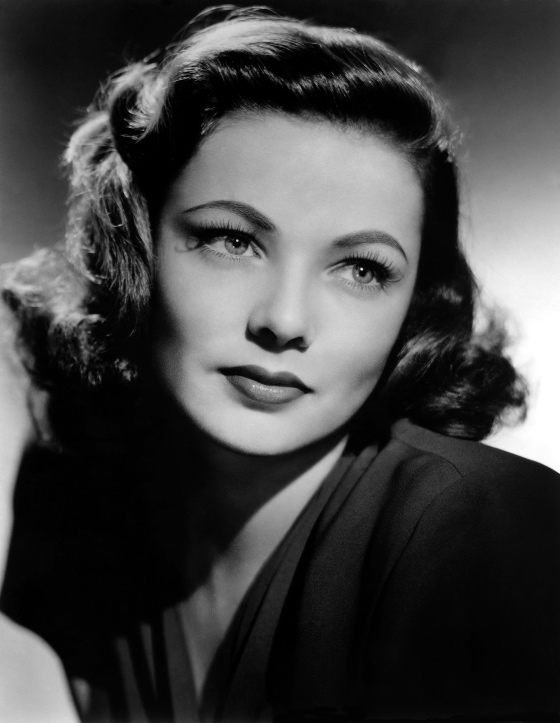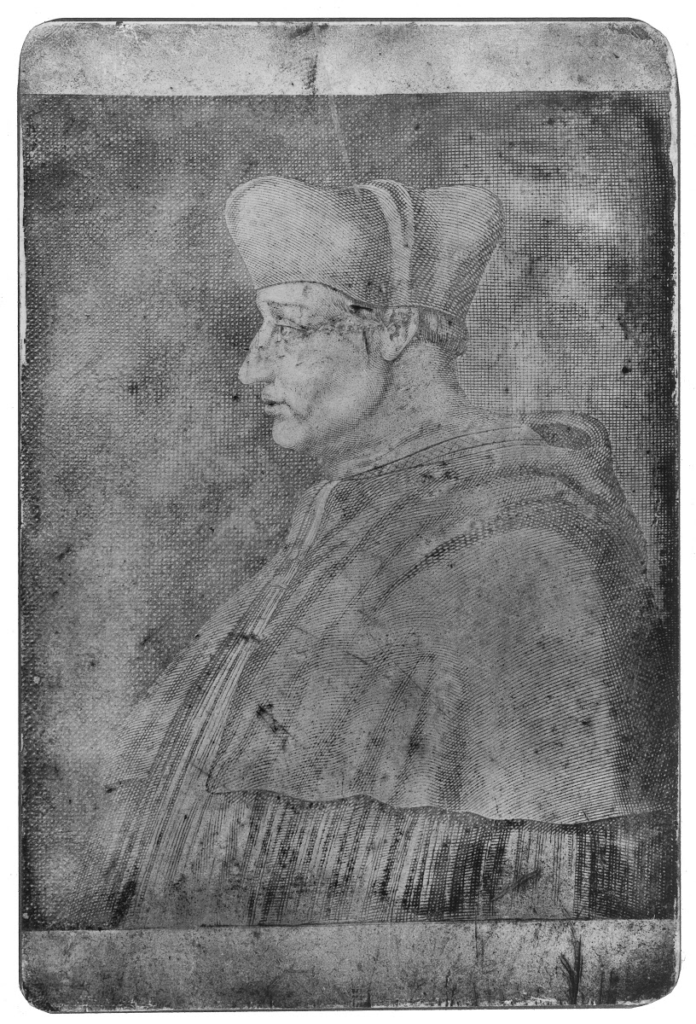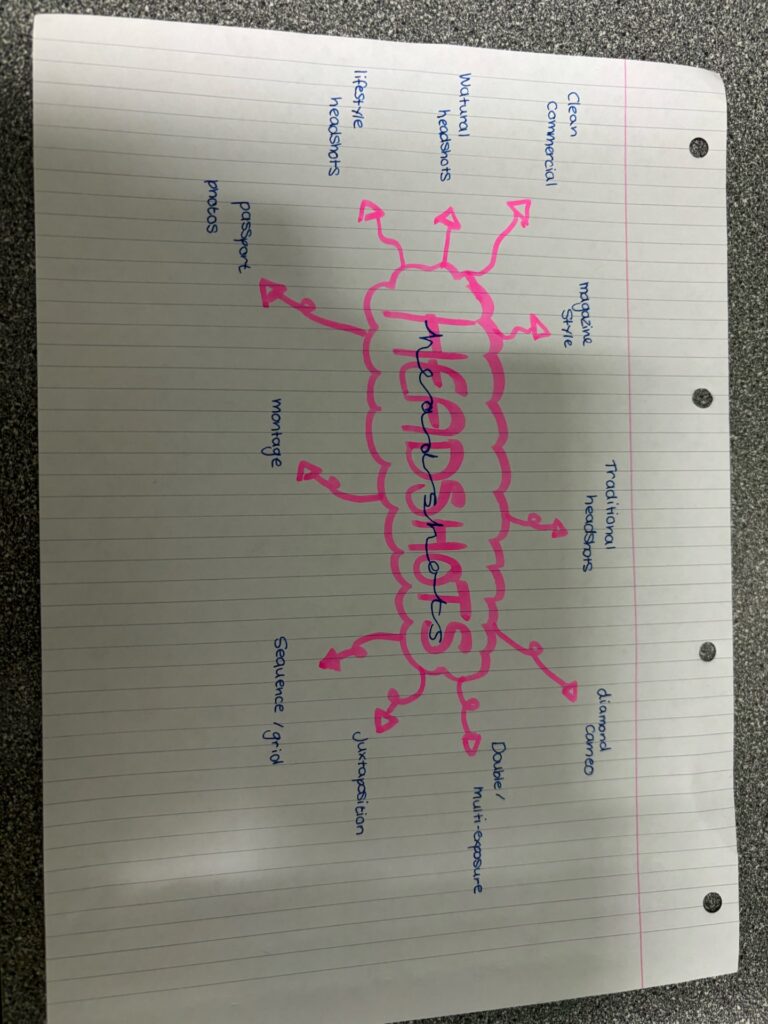Chiaroscuro is a high-contrast lighting technique that utilises a low-key lighting setup to achieve contrast between the subject and a dark background.
photographs :

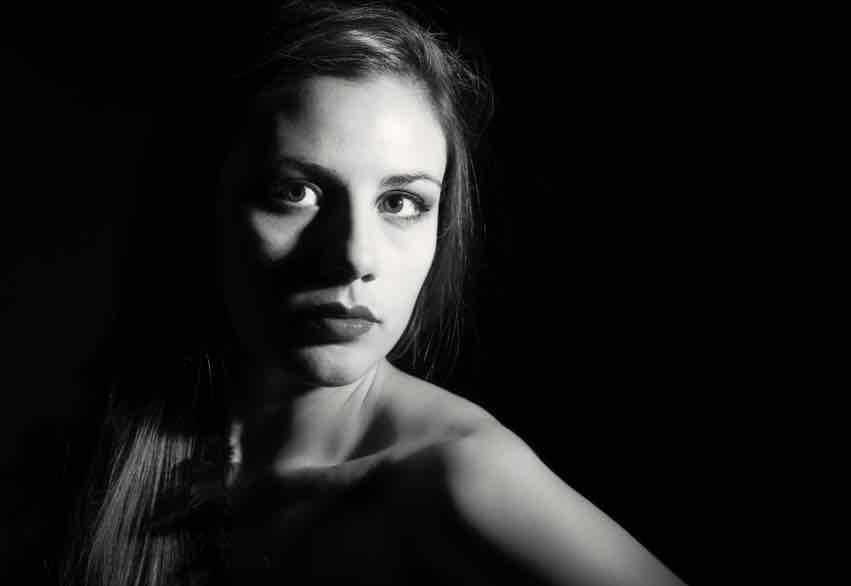
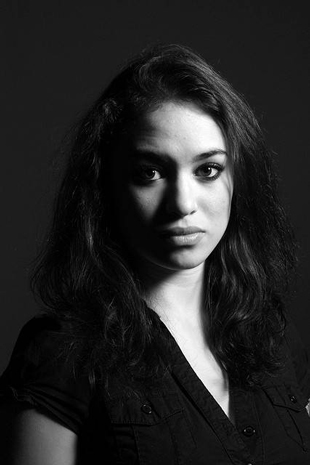
chiaroscuro lighting context/analysis :
Begin by defining your light source, a cardinal rule. Chiaroscuro is a symphony of five zones that flow into one another. These zones are the highlight, mid-tone, deep shadow, reflected light, and cast shadow.
Why should we use chiaroscuro?
chiaroscuro lighting is mainly used in film to create striking images or evoke a certain feeling. The contrast between light and shade can help frame a subject more prominently, drawing viewers’ eyes to things they might not focus on otherwise.#
chiaroscuro set up :
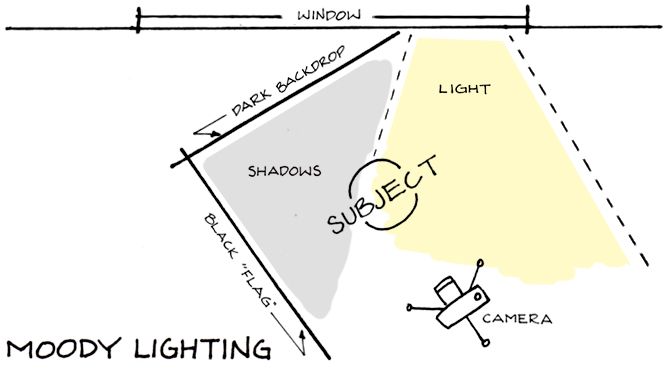
this is the setup you would need in order to get good photos of chiaroscuro photography.
my response :
contact sheet :
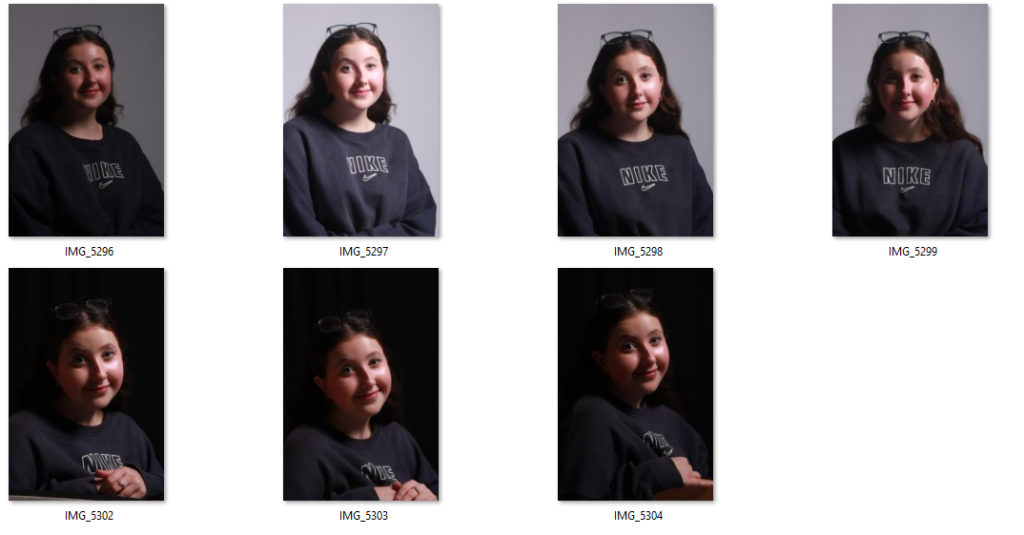
My best images :
